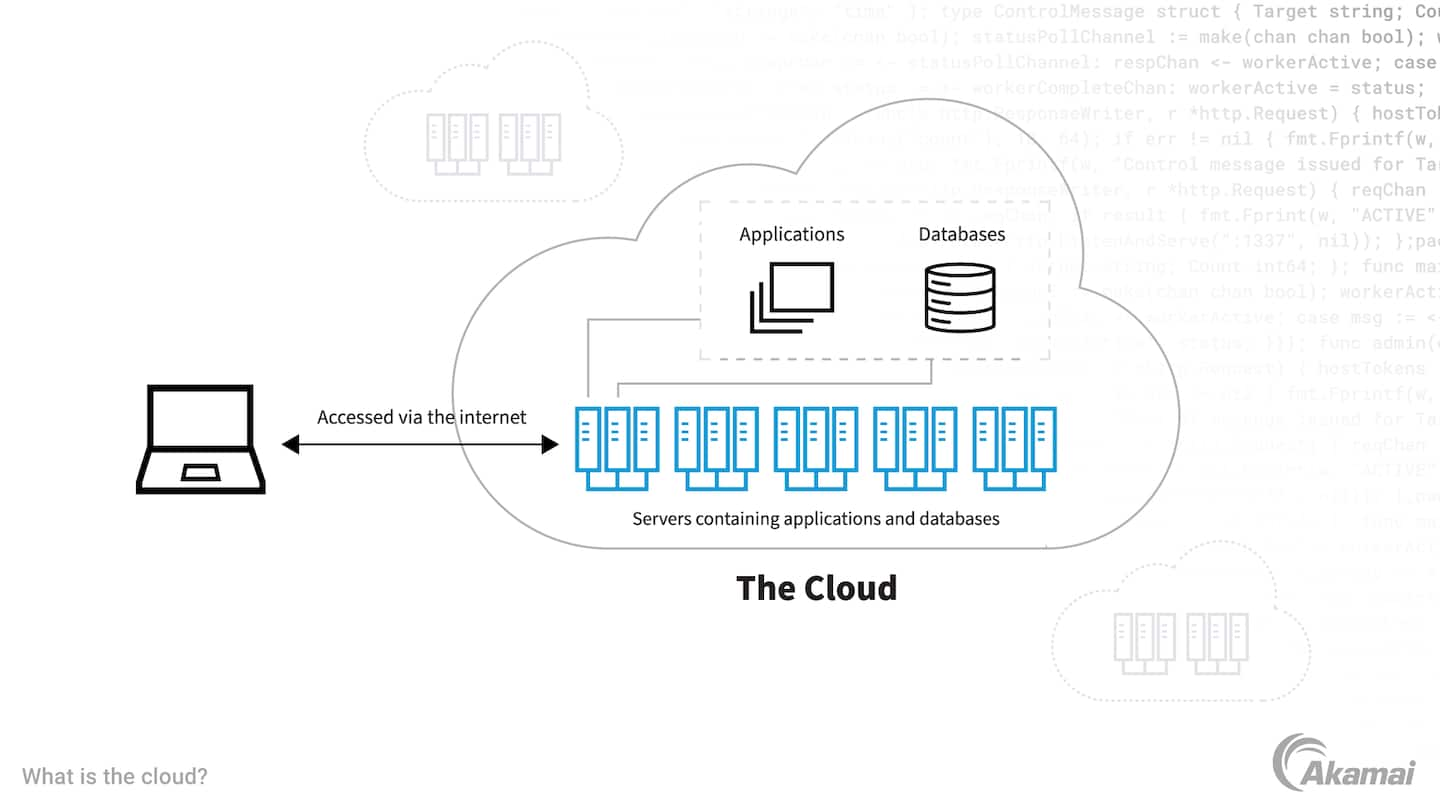Simplify Your Infrastructure With Cloud Provider
As services browse the ever-evolving landscape of technology and information monitoring, the role of cloud services in streamlining infrastructure has actually come to be significantly famous. Just how can companies successfully navigate this change and truly open the potential of cloud services for streamlining their infrastructure?
Advantages of Cloud Solutions
Cloud solutions supply a streamlined method to managing IT framework, supplying businesses with adaptability, cost-efficiency, and scalability. One of the crucial advantages of cloud services is the scalability they use.
Furthermore, cloud services remove the demand for businesses to purchase pricey hardware and software. This cost-efficiency is a significant benefit, specifically for tiny to medium-sized ventures looking to decrease in advance expenses. By making use of cloud services, organizations can access high-grade IT resources without the significant rate tag connected with standard framework configurations.
Moreover, cloud solutions supply businesses with the versatility to access their information and applications from anywhere with a web connection. This level of access boosts cooperation among teams, enables remote job, and raises overall performance. The versatility used by cloud solutions empowers services to adjust promptly to changing market conditions and client needs.
Expense Financial Savings and Scalability
Along with the operational benefits highlighted earlier, the integration of cloud solutions right into a firm's framework comes up with significant price savings and improved scalability. Cloud solutions supply a pay-as-you-go version, allowing businesses to scale resources up or down based on present demands, thus staying clear of the prices linked with keeping excess capability. This adaptability makes it possible for business to adapt quickly to changing demands without incurring unneeded costs.
Furthermore, cloud solutions get rid of the requirement for in advance investments in software and hardware, lowering capital investment. Business expenses are additionally lessened as business no much longer need to manage and maintain physical web servers, causing reduced energy consumption and IT staffing prices. Furthermore, cloud services supply automatic updates and upkeep, making sure that the framework continues to be secure and current without calling for hands-on interventions.
Boosted Security Steps
Executing stringent protection procedures is vital when integrating cloud solutions into a firm's facilities to protect delicate data and make certain conformity with industry guidelines. Cloud company supply enhanced safety attributes such as data security, firewall security, and multi-factor verification to minimize cybersecurity risks. File encryption aids protect data both at remainder and in transit, guaranteeing that just accredited users can access sensitive info. Firewall programs work as an obstacle between interior networks and outside hazards, surveillance and regulating outbound and incoming network web traffic. Multi-factor verification includes an additional layer of safety by requiring customers to offer multiple forms of verification before accessing the cloud services.
Additionally, routine security audits and conformity analyses assist determine vulnerabilities and guarantee adherence to market standards. Business can likewise benefit from attributes like automatic safety and security updates and real-time threat surveillance supplied by cloud service suppliers. By focusing on protection procedures and staying aggressive in resolving prospective threats, services can with confidence leverage cloud services while securing their valuable information from unauthorized access or violations.
Transitioning to Cloud Infrastructure
To successfully incorporate cloud services right into a company's framework, a structured strategy that deals with the change in the direction of cloud-based solutions is essential. Transitioning to shadow infrastructure entails cautious preparation and execution to guarantee a smooth movement process. The initial step is to analyze the present infrastructure and figure out which systems and applications appropriate for migration to the cloud. This evaluation must take into consideration factors such as information sensitivity, compliance demands, and efficiency demands.
Once the assessment is total, why not try here a migration method must be established. This method needs to describe the timeline, resources, and responsibilities for relocating each part to the cloud. It is vital to connect this strategy clearly to all stakeholders to ensure alignment and lessen interruptions during the transition.
Throughout the movement monitoring, testing and procedure are critical to recognize and attend to any type of problems quickly. Routine checkpoints should be developed to track progression and make necessary adjustments. In addition, training for staff members on using cloud services ought to be provided to ensure an effective shift and take full advantage of the benefits of the brand-new facilities.
Best Practices for Cloud Fostering
Effective adoption of cloud solutions depends upon the tactical alignment of organization goals with technical abilities and organizational preparedness. To guarantee a smooth change to the cloud, organizations ought to begin by news carrying out a comprehensive evaluation of their current facilities and determining which work are best matched for cloud migration. It is crucial to involve essential stakeholders from various divisions in the decision-making process to gain buy-in and resolve any kind of problems early.
Another finest technique for cloud fostering is to focus on safety and compliance. Organizations has to thoroughly examine the security procedures supplied by cloud provider and make sure that their data is safeguarded according to market criteria and regulative needs. Executing robust data security, gain access to controls, and normal security audits can help reduce threats connected with cloud fostering.

Conclusion

As organizations navigate the ever-evolving landscape of innovation and information management, the function of cloud solutions in simplifying framework has become significantly prominent - cloud services press release. Just how can organizations effectively browse this transition and truly open the possibility of cloud solutions for simplifying their framework?
Cloud services offer a streamlined technique to handling IT facilities, giving businesses with scalability, adaptability, and cost-efficiency. By utilizing cloud solutions, services can access high-quality IT resources without the significant cost tag connected with conventional facilities configurations.
To make sure a smooth change to the cloud, organizations should start by conducting an extensive assessment of their existing framework and visit this site right here determining which workloads are best suited for cloud migration.